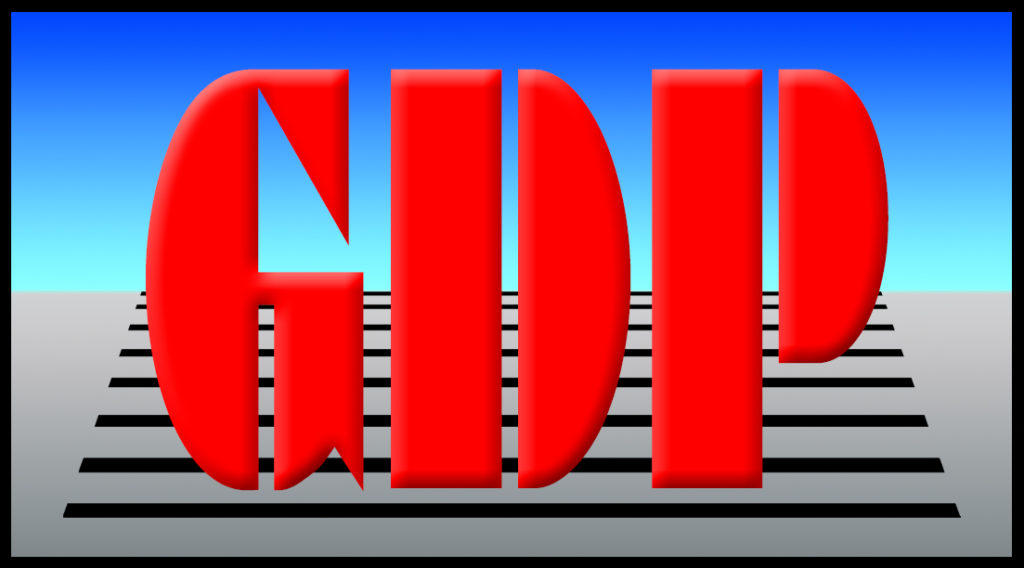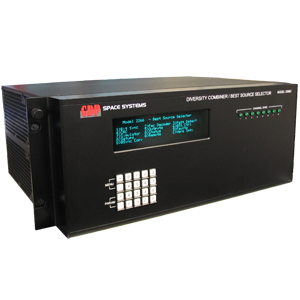Model 2266C Multi-Channel PCM Bit Synchronizer Diversity Combining Best Source Selector
BEST SOURCE SELECTOR
- Up to 8 channels per chassis
- Up to 4 Independent BSS Groups
- Works with encrypted data
- Input stream correlated in time
- Seamless stream switching on bit boundaries
MULTI-CHANNEL BIT SYNCHRONIZER
- Up to 8 Channels
- Performance within 1 dB of theory
- Loop Bandwidth Settings from 0.01% to 1.6% (Extended LBWs available)
- Accepts NRZ-L/M/S, BiØ-L/M/S, DMM/S; MDM-M/S
The GDP Model 2266C Multi-Channel PCM Bit Synchronizer/ Best Source Selector houses up to eight high-performance bit synchronizer channels. Each individual channel can be used as a normal Bit Sync and/or selected as a source for Best Source Selection. The optimized digital design of this unit affords the highest performance characteristics currently available. The unit operates to 40Mbps (20Mbps Standard, 40Mbps optional).
The standard IRIG randomizer/derandomizer for both forward and reverse sequences is provided. CCITT V.35 and V.36 scrambling/descrambling is also provided. A variety of Viterbi decoders are available including R1/2 K7 (standard). Please inquire for other FEC options (i.e. R3/4 K7, R1/3 K7 …). The unit can also be provided with an optional QPSK resequencing function that supports QPSK, OQPSK and SOQPSK data streams.
Best Source Selection of Non-Encrypted and Encrypted Data based on Signal Quality
The GDP Space Best Source Selector is an advanced, next generation implementation of best source selection based on signal/ data quality. Since signal quality is used in the decision making process, the unit does not need to see the synchronization pattern and the data can be encrypted. A digital data mode is also available for the case where receivers are located remotely and the analog signal is not available.
The unit can be divided into three major sections, Bit Synchronizer, Path Alignment, Path Selection. The Bit Synchronizers are providing data, clock, short-term data quality (signal quality of a small group of bits) and long-term data quality (signal quality over several hundred bits) to the Path Alignment and Path Selection sections. The Path Alignment section consists of correlators and path delay/advancement correction (works on encrypted streams). The Path Alignment section provides data, aligned in time, to the Path Selection section.
The Path Selection section uses the short-term and long-term data quality in addition to lock status to determine the best path. The unit provides the capability to switch data streams based on these quality measurements. Depending upon the number of valid sources, bit-by-bit output values are selected. This is accomplished by a Majority Voting technique weighted by signal quality. This automatic mode provides error correction that results in better then a 3.3dB performance improvement of the link.
Inputs per Channel (8 Ch. Max.)


